“I invest so much time in my landscape photography, but can’t tell how much I’m improving or even where I’ll be in a year. I think I’m getting better, but slowly and haphazardly.”
Do you have a strategy for becoming a better photographer? What areas do you want to improve in over the next few weeks? Most of us learn passively, but what if you could get more out of every shoot and see progress in months instead of years?
It starts with being intentional – something we don’t often practice in the day-to-day.
Taking an active role can double your learning speed. And it starts by setting measurable goals and introspecting your photos – and yourself – often.


A couple of years ago I wasn’t noticing much improvement in my photography. It was definitely there, but it happened slowly and I didn’t have a clear direction of how I wanted to improve in the future.
Fast forward to my last trip to Oregon, where I made a point of applying some goal planning and retrospectives before, during and after the shoot. I learned more in two weeks than I had in two years, and brought back some of my favorite photos to date.


Maybe you’ve heard of objectives and key results (OKRs) or ‘being results-oriented’ from managers or personal trainers. They seem like fuzzy topics, but there’s nothing more empowering than charting your own course to improvement.
I couldn’t be happier with the improvement I noticed while peeking at photos from just two years ago. Whether it’s a cursory glance or a deeper artistic critique, I can see measurable improvement that directly correlates with intentional goal planning.
And it’s not just the keeper shots that have improved. I shoot noticeably fewer photos (more of which end up being keepers), and it takes less editing for me to finish them up.
Here’s how you can take an active role in charting your own improvement as a landscape photographer.
1. Document Your Objectives
Have you stopped to ask yourself why you’re a landscape photographer in the first place? Your “Why?” doesn’t have to be etched in stone, but it will guide how you invest your time and money into growing.
Here are some example objectives. “I invest time in my landscape photography because:”
- “I love to travel.”
- “I want to make a full-time living.”
- “I want to capture unique locations.”
- “I want to grow my local following.”
- “I want to be the best in my craft.”
You probably have several objectives in mind, so the next step is to prioritize them. Which objective(s) trumps the others in the competition for your time? Objectives are critical because they help us identify conflicts of interest. Once you start formulating goals, you want to ensure they naturally support your objective.
For example, you may be a landscape photographer because you love traveling, but your goal is to sell prints to local condos. These may well clash with each other, as marketing your work to local businesses would mean less freedom to travel. You may need to find another way to support your wanderlust – even if it’s unrelated to photography.
2. Formulate Effective Goals
Setting a goal often has a disheartening tone. We’ve all made goals or resolutions that yielded no results other than self-reproach. “Oh, I didn’t lose 10 pounds.” “I didn’t write half as much as I wanted.”
Self-reproach is often a symptom of a poorly chosen goal. Effective goals aren’t about slapping yourself for missing them. They’re about deliberately deciding how you want to invest your time and resources. It’s about determining the trajectory you want to take instead of floating with the fluctuations of each day.
Here are two of my personal goals:
- Capture and produce better photography
- Expand my photography audience
But while these goals capture a general direction, they aren’t concrete. So I like to follow them up with more specific formulations for what success looks like.
- Expand portfolio with shots that have a compelling foreground, middleground and background.
- Write for two new publications.
3. Apply and Adapt Shoot Goals
Along with your general goals and results, set specific goals for each landscape photography trip. I often source my shoot goals from notes I took in the field, or frustrations I faced in post production.
On my last trip to Ireland and the UK, I set some goals that I reread during each shoot:
- Create a sense of depth with fog and haze
- Root the image with stronger foregrounds
- Consciously identify shapes in the composition
- Capture the energy in water and clouds with long exposures
- Take 20% fewer photos with a higher ratio of winners
- Shoot more verticals to emphasize height


Referencing these goals when I hit the field bumps me out of my status quo. Over the past two years, I’ve found that most of my measurable growth as an artist came from setting and intentionally applying shoot goals.
4. Break Goals into Results
Objectives give you direction. Goals give you outcomes. But neither tells you how to accomplish them or how much progress you’ve made towards them. That’s where results come in.
How will you accomplish your goals? You can’t. They’re too big, and say nothing about what actions you should take. To reach your goals, they need to be broken down into small, measurable steps called results – small tasks you can complete in no more than a day. A well-formulated result must measurably contribute towards the overall goal.
Results need to be carefully phrased so they reflect tangible outcomes. For example:
- “Edit for one hour every day.”
- “Spend 30 minutes writing about photography.”
These results are ineffective because they involve time. Who cares whether you spent 30 minutes editing or three hours? Instead, phrase them in terms of tangible outcomes:
- “Finish a rough edit of three photos today.”
- “Finish outlining my upcoming photography post.”
Each of these results produces something of value – edited photos and an outlined post – and can be completed in one sitting. And the faster you complete each result, the sooner you can move on to other things.
Breaking down goals into results is hard to do in any field, whether it’s productivity, photography or software development. And it’s the number one reason we fail to accomplish anything.
Don’t tackle a goal and plan as you go. Planning and execution are two different skills. And when we do them simultaneously we ironically spend the least time on the hardest part: planning. It sounds counterintuitive, but once I break the goal into results, executing them is usually the easiest part.
What about self-imposed deadlines? Personally I’ve had limited success with them because time is a poor measure of progress. I sketch out a rough timeline (“by this time next year”), but I keep those dates with my goals instead of my results. As long as my results are prioritized, deadlines are often arbitrary because I’m always working on the most valuable results.
How are you spending your time so each minute counts? Results are the answer, not time.
5. Do a Retrospective
The learning doesn’t end after a shoot. In fact, I learn the most by reviewing photographs from the shoot that didn’t quite work out. It sounds counterintuitive, but thanks to a cognitive bias called survival bias we tend to:
- overestimate what we can learn from successful shots
- underestimate what we can learn from shots that didn’t make the cut.
Consequently, we end up discarding our best source of learning material.
To beat survivorship bias, conduct a retrospective on some of your failed shots to understand why they didn’t work, and what you’ll do differently next time.

None of my shots from Slea Head on Ireland’s Dingle Peninsula worked out. But later in the trip I applied the lessons I learned about S-curve placement and busy water textures to capture a shot of Loch Garry in the Scottish Highlands.

Retrospectives are incredibly effective at distilling lessons that will set your next shoot up for success. And they often form my shoot goals for the next trip. On this year’s trip to Oregon, my goals changed to reflect the lessons I learned from Ireland and the UK:
- Capture two stunning images per day for a total of 26 from the trip.
- Identify the emotion of a scene, then highlight it with composition and light.
- Spend 30% less time snapping photos, and instead spend it testing compositions.
- Shoot exclusively at dawn and twilight, and spend the rest of the day trying compositions on my smartphone.
- Use an ND filter for water without exception.
- Identify a strong foreground, middleground, and background before snapping.
- Don’t waste a second on angles filled with busy textures.
I would have forgotten many of these shoot goals if I hadn’t written them down and reviewed them before each shoot. Being intentional paid off. As I said earlier, I learned more in two weeks than I had in two years of shooting, and produced some of my favorite work to date.

Chart Your Course to Improvement Intentionally
While goal planning comes in many flavors and terminologies, they all share the goal of helping individuals connect desired outcomes with strategic actions. The key to accelerated growth is to learn intentionally, not passively.
Spend a few minutes over coffee today to document why you are a landscape photographer, what you want to become, and how you will accomplish it. Whether you’re in the field, post production, or an office crunching through tangential work, goal planning will ensure you’re investing your time well and learning as much as possible from your efforts.
The post Why Goal Planning Is the Key to Growing as a Landscape Photographer appeared first on Digital Photography School.

Digital Photography School





















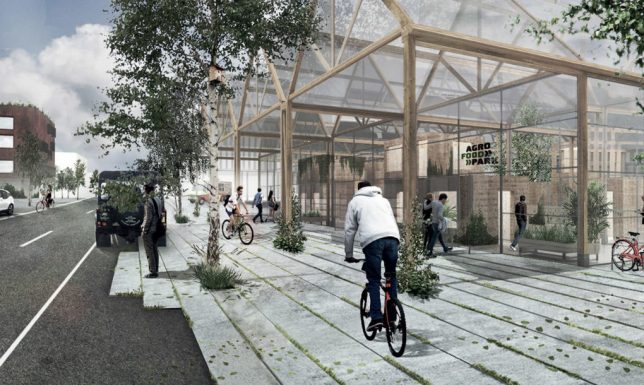
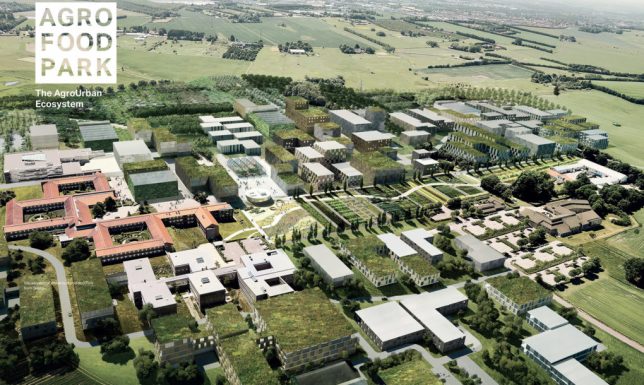
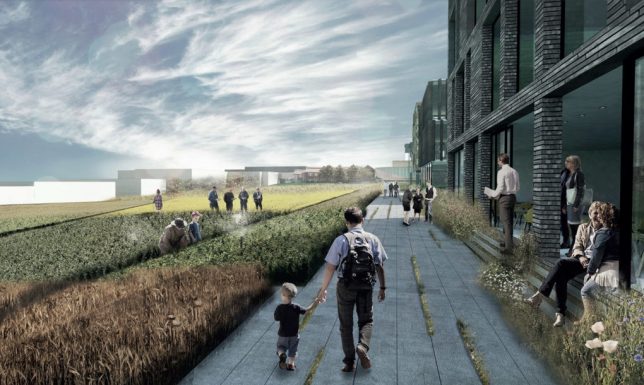
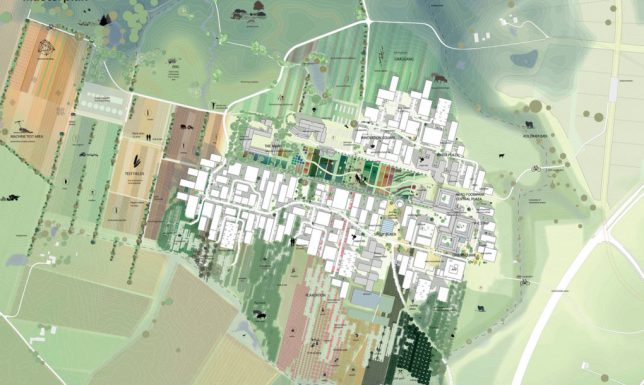
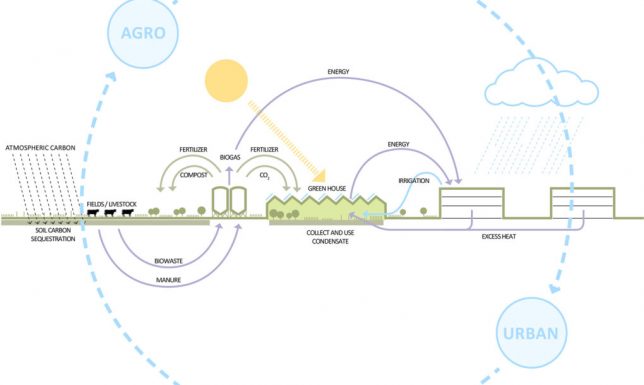
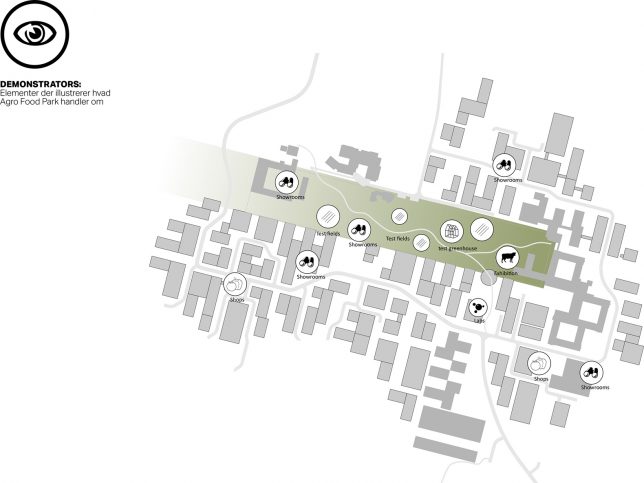





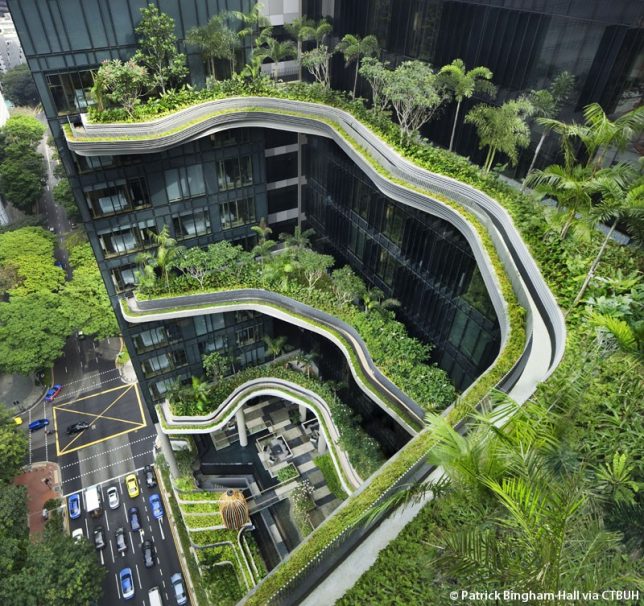

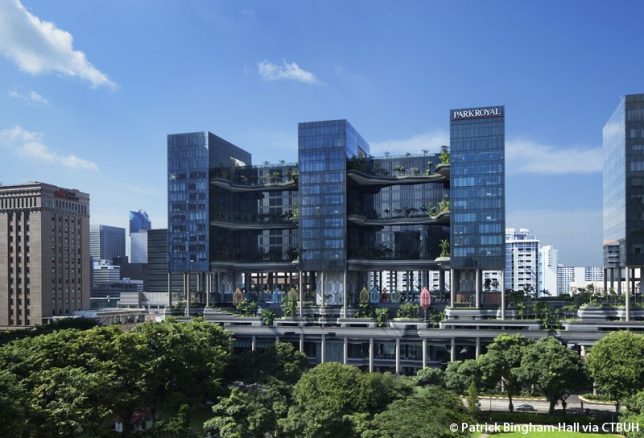

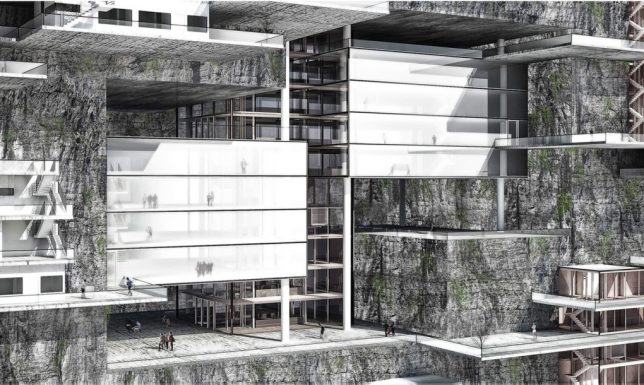
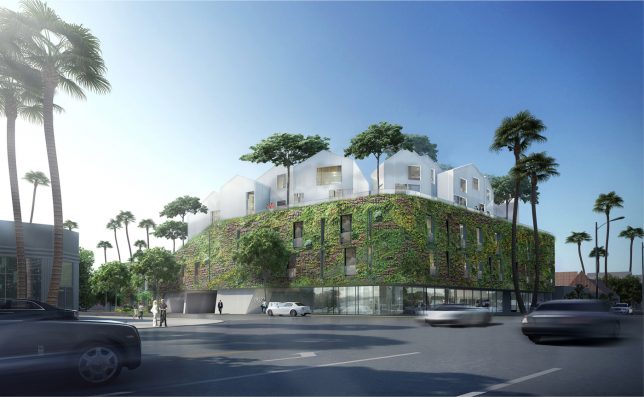











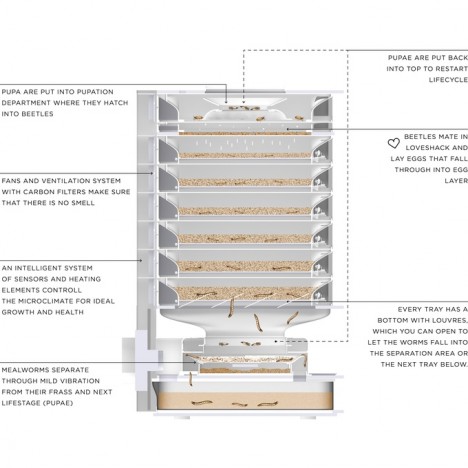








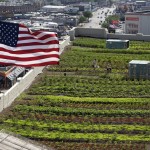




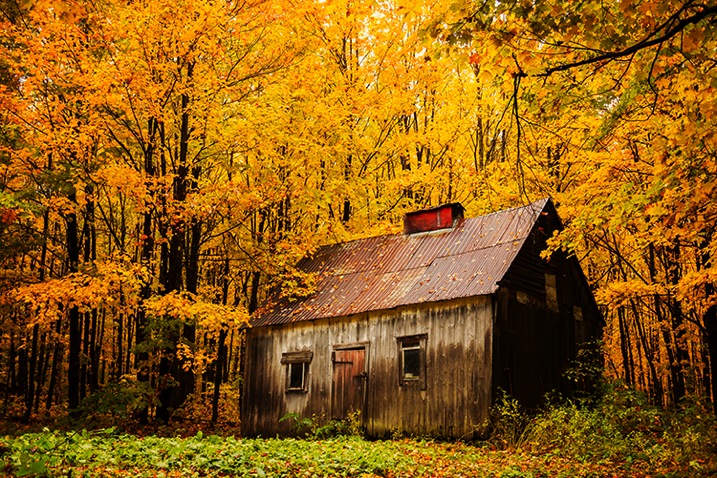




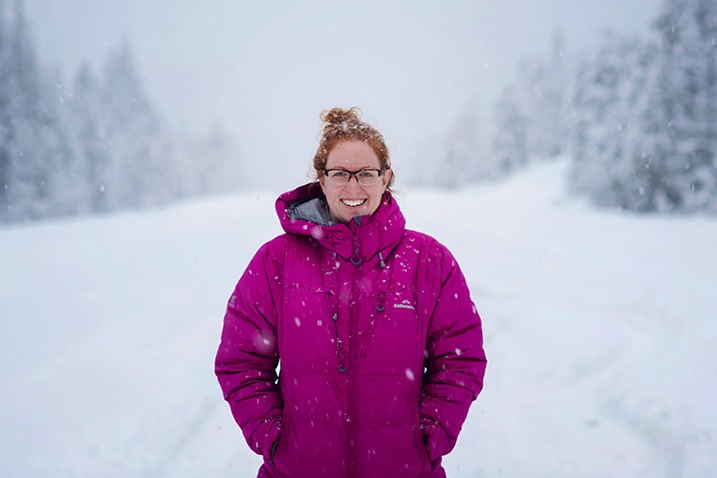

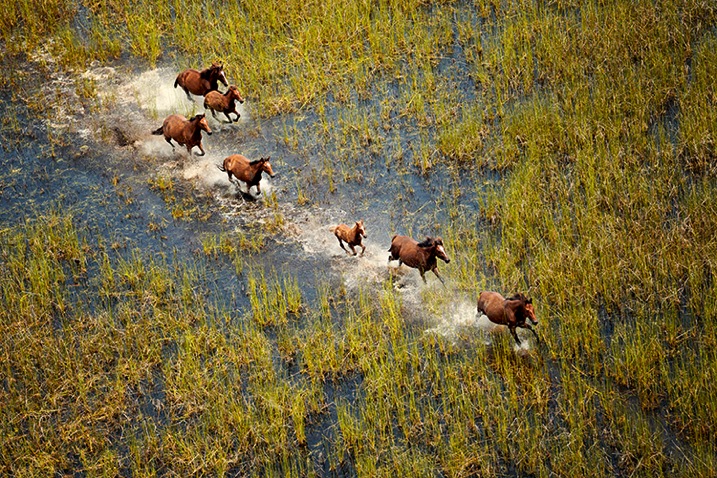





You must be logged in to post a comment.